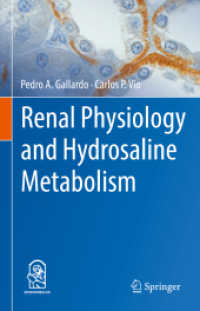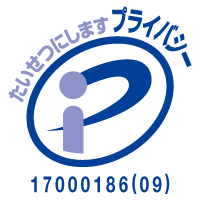- ホーム
- > 洋書
- > 英文書
- > Computer / General
Full Description
This tutorial textbook is an essential companion to using CATIA v5 to assist with computer-aided design. Using clear CAD examples, it demonstrates the various ways through which the potential of this versatile software can be used to aid engineers in 3D modelling.
Based on 20 years of teaching experience, the authors present methods of using CATIA v5 to model solid and surface parts, to perform parametric modelling and design of families of parts, reconstruction of surfaces, to create macros and to apply various tools and their options during 3D modelling. Importantly, this book will also help readers to discover multiple modelling solutions and approaches to solve common issues within design engineering. With a comprehensive approach, this book is suitable for both beginners and those with a good grasp of CATIA v5. Featuring an end chapter with questions and solutions for self-assessment, this book also includes 3D modelling practice problems, presented in the form of 2D engineering drawings of many 3D parts in both orthogonal and isometric views. Using the knowledge gained through reading the book chapters, users will learn how to approach surfaces and solids as 3D models using CATIA v5. This book provides detailed explanations, using clear figures, annotations and links to video tutorials.
It is an ideal companion for any student or engineer using CATIA v5, in industries including automotive, naval, aerospace and design engineering.
Readers of this book should note that the length and distance dimensions are in millimeters and the angular dimensions are in degrees. All other parameters, such as radii, areas and volumes, also use the metric system.
Contents
Chapter 1 Introduction
Chapter 2 The Working Environment of the CATIA v5 Program
Chapter 3 Hybrid 3D Modelling of Parts
Chapter 4 Parametric Modelling and Sheetmetal Design
Chapter 5 Programming, Automation and Scripting
Chapter 6 Knowledge Assessment Tests and 2D Drawings of Parts Proposed for Modelling
Annexes
A1. Additional Online Resources: User Communities, Forums and Video Tutorials
A2. Video Tutorials to Support the Presented Written Tutorials








